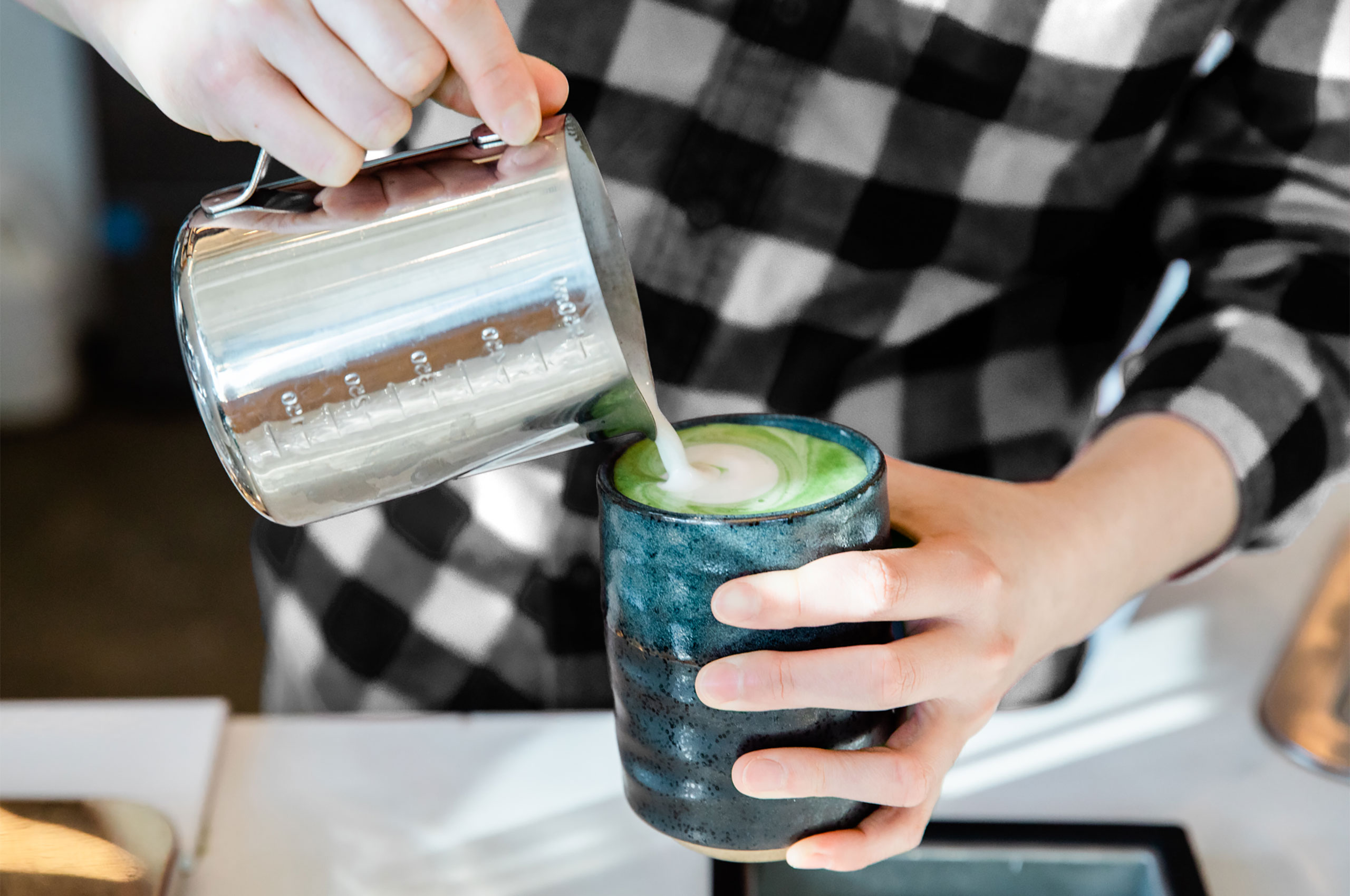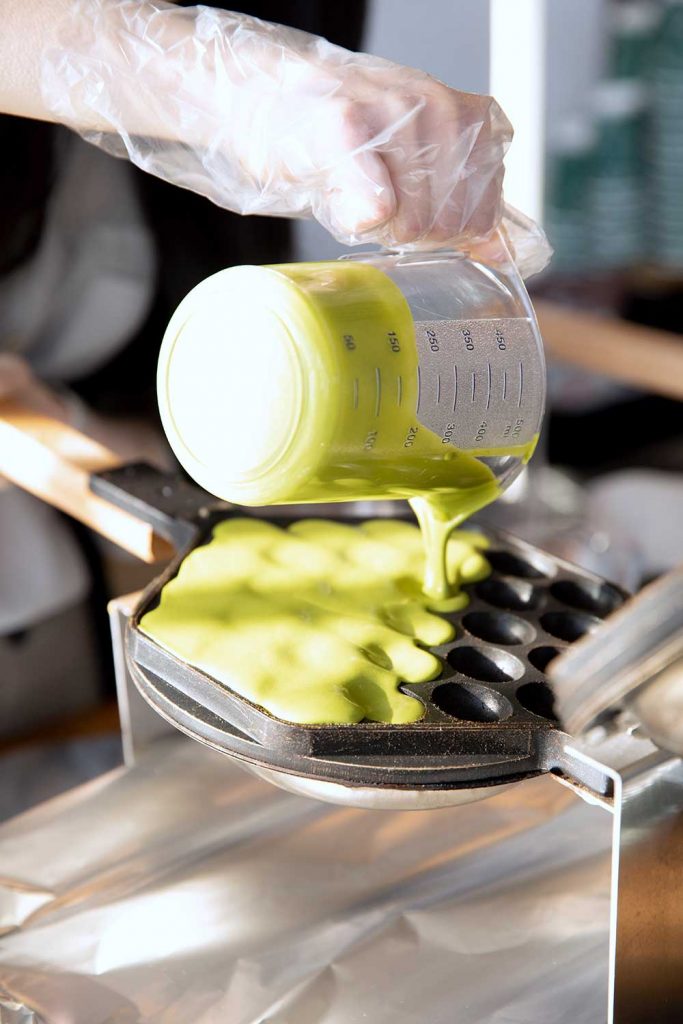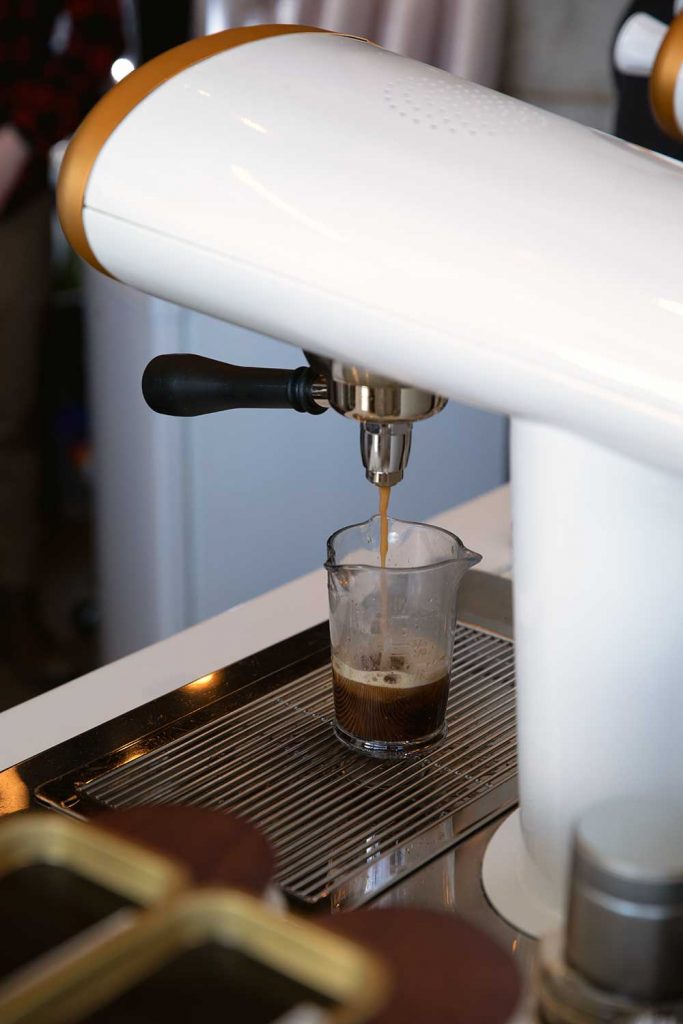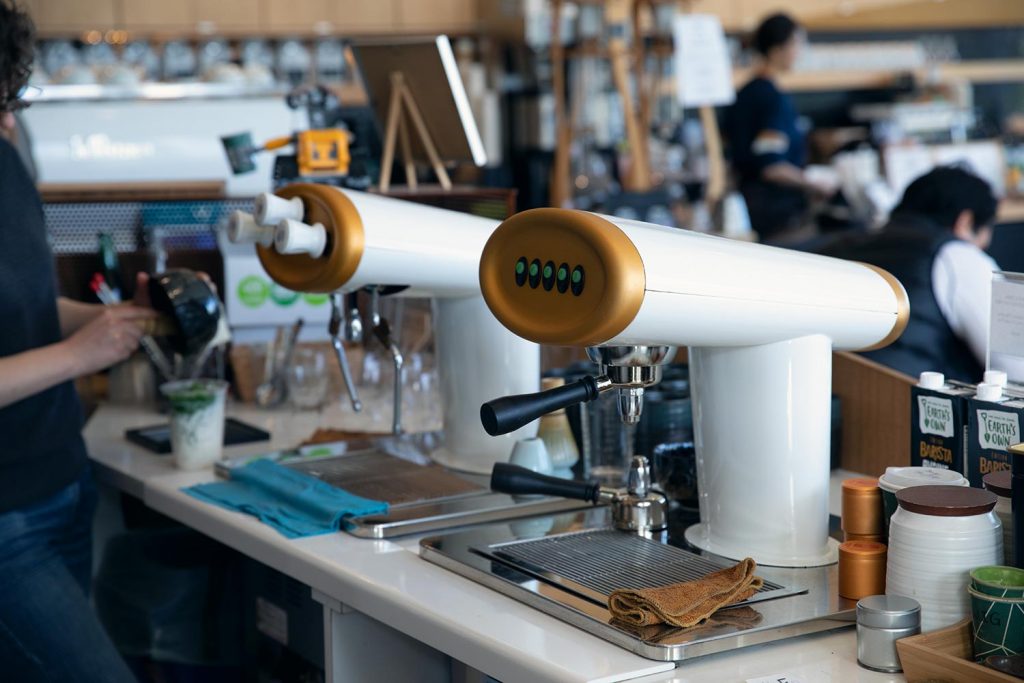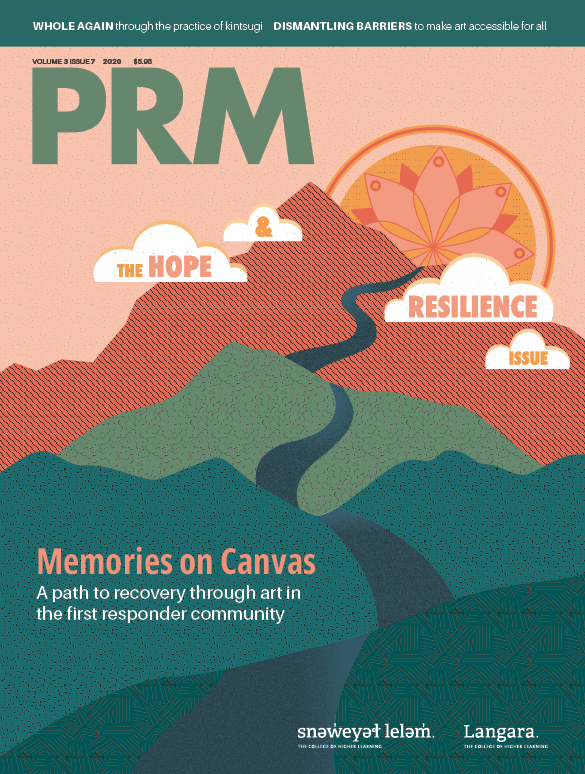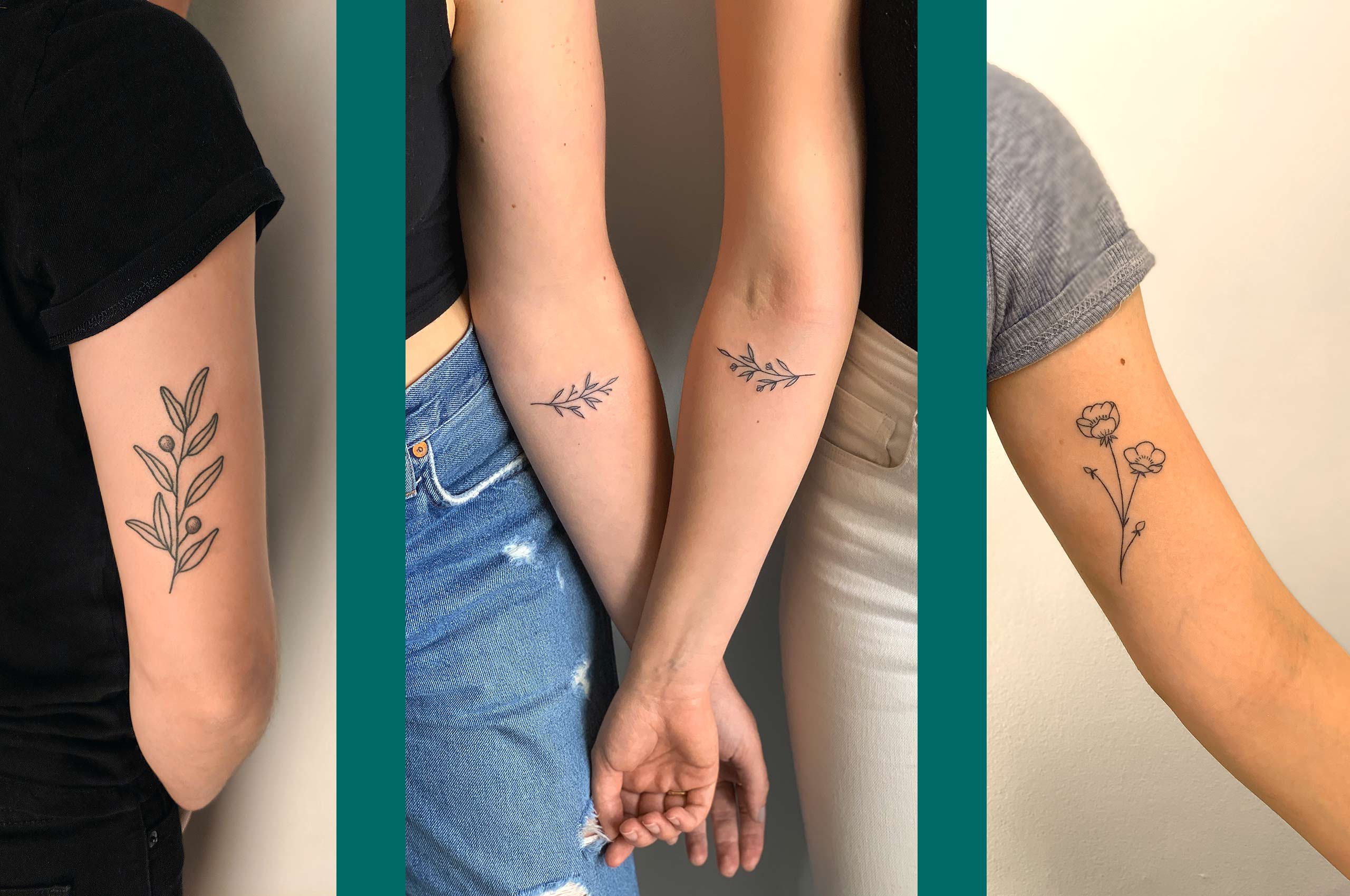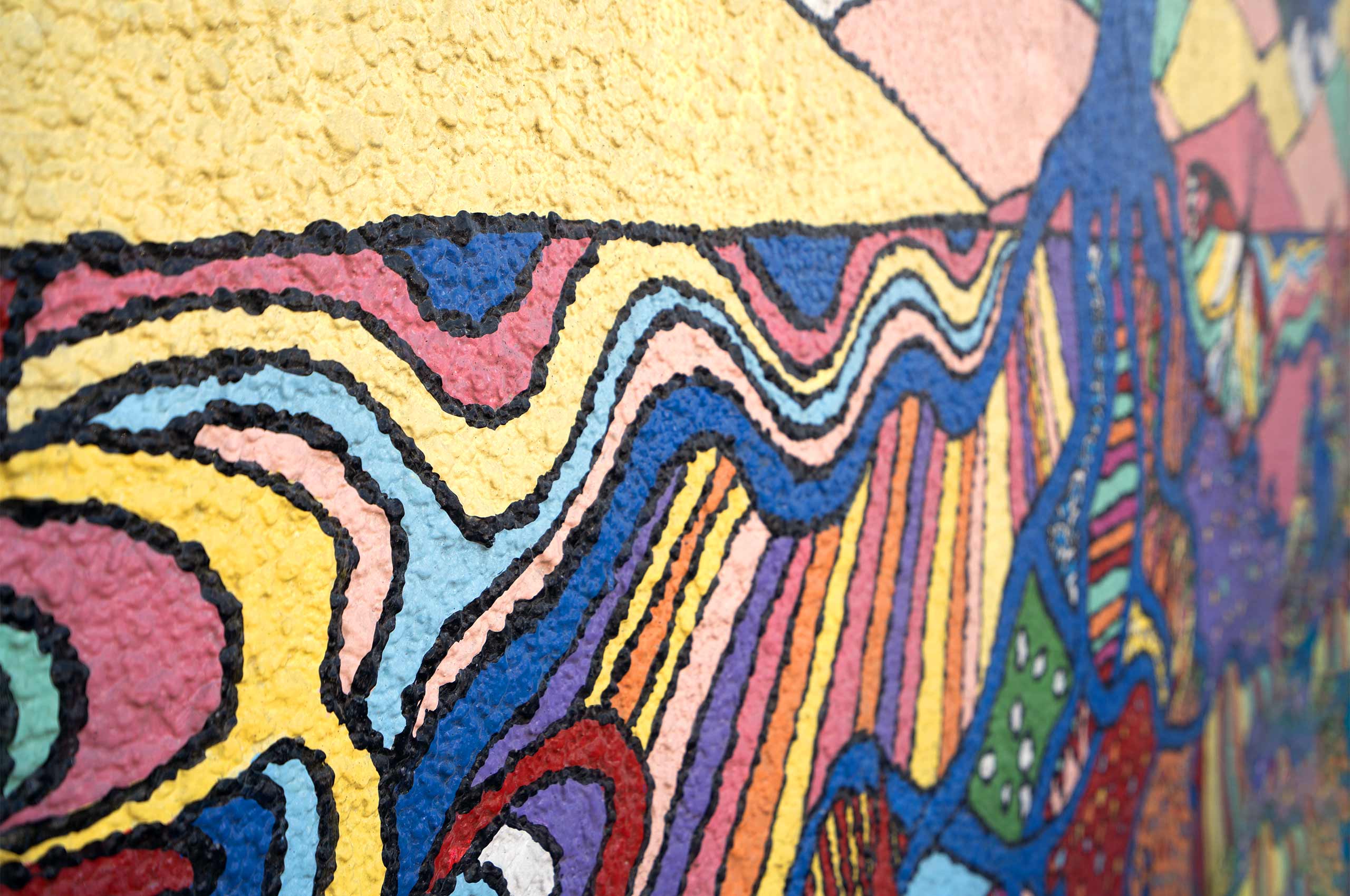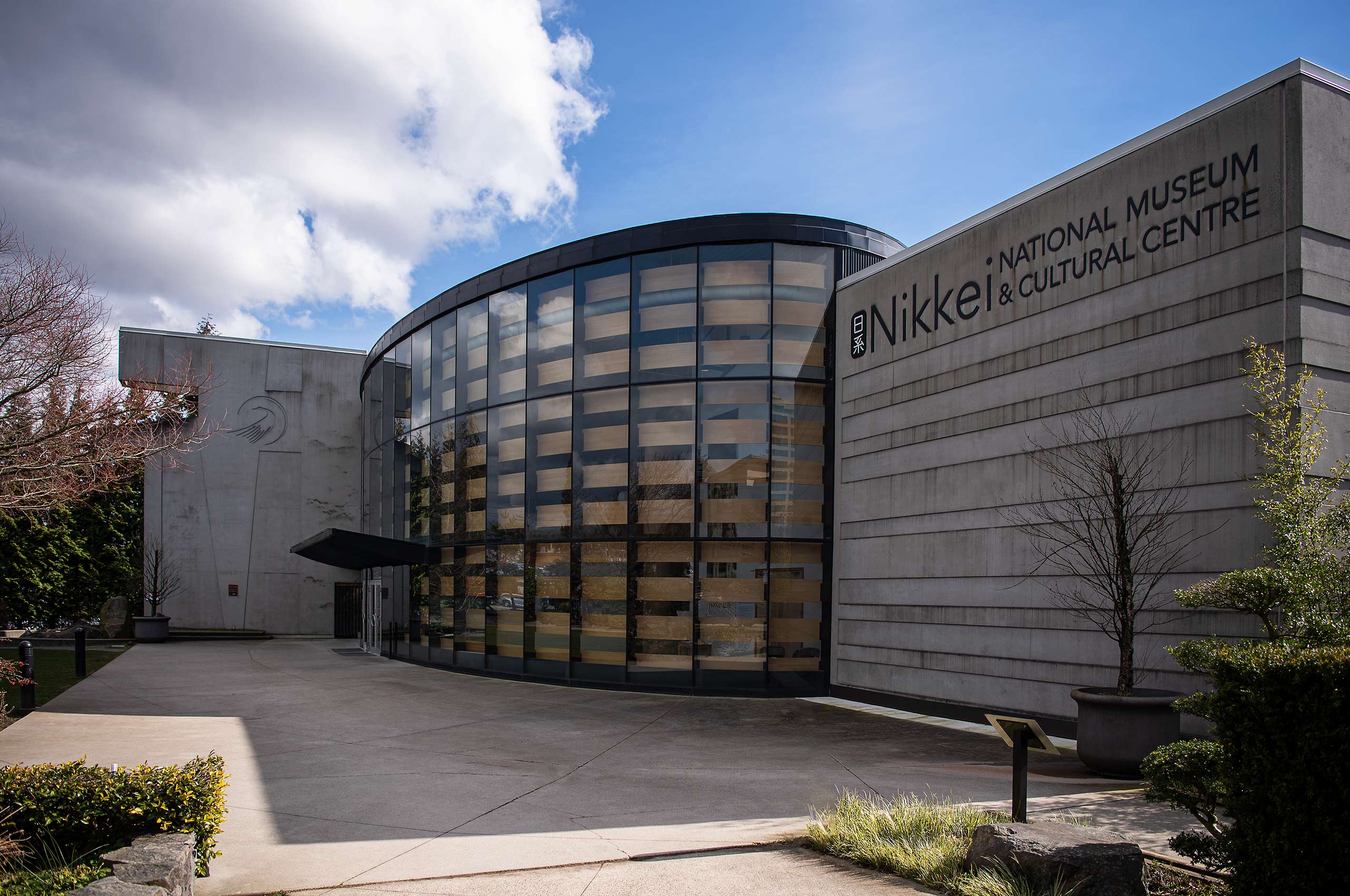Michelle Cheung, owner of Paragon Tea Room, says her company is known to customers not only as a tea room but also as a tea laboratory. Cheung has reinvented tea service by combining technology with traditional tea cultures. “I think for any tradition to pass on to the next generation, there has to be some kind of change,” she says.
Through experimentation, Cheung has developed delicious tea recipes with distinct and balanced flavours. Each one of her infusions requires precise brewing methods and an understanding of the history of tea. Paragon uses a tea espresso machine, which renders six to eight tea bags worth of loose-leaf tea to make a concentrated shot. Paragon’s inventive ways of crafting a cup of tea can convert even the most skeptical customer: “I heard a lot of people tell me, especially when I first opened, ‘Oh, I’m not a tea drinker.’ ” Cheung says this could be “because they never had a good experience with tea bags.”
Using the tea espresso machine, Paragon combines hojicha—a traditional roasted Japanese green tea—with oat milk to make a hojicha tea misto. Another favourite is the pu-erh oat chocolate, which mixes a shot of dark Chinese pu-erh tea with oat milk and pure cacao powder. “We all love hot chocolate, and we all love mochas: how about a tea version of a mocha?” Cheung says. She believes drinks like these can bridge the gap between tea cultures around the world.
Cheung and her team strive to improve business every day, making meaningful connections with their customers: “Traditionally when you make tea, you’re hosting a tea ceremony, you’re making tea for friends or a guest. It has to be a very genuine connection.” The products at Paragon are always made and shared with intention and appreciation. It is Cheung’s goal to bring people together and build a long-lasting tea culture.





